London Bagel Museum Anguk Main Store (런던베이글뮤지엄 안국점)
1.1Km 2024-02-20
20 Bukchon-ro 4-gil, Jongno-gu, Seoul
London Bagel Museum is a bagel specialty shop adorned with a wooden-tone interior and a garland in the shape of the British flag. The bagels are made using the traditional British method of fermenting the dough, boiling it, and then baking it in the oven. Jambon butter sandwich bagel, made with sesame bagel filled with ham and butter, is a signature menu item.
Omokjip Cityhall(오목집 시청)
1.1Km 2020-10-30
38, Namdaemun-ro, 1-gil, Jung-gu, Seoul
+82-2-3789-6882
A pig's trotter(s) specialty restaurant located near City Hall Station in Seoul. This restaurant's signature menu is braised pigs'' feet. Jokbal (pig's trotter) is a representative food loved by Koreans.
Gyodae Icheungjip Sicheong (교대이층집 시청)
1.1Km 2020-10-30
2F, 38, Namdaemun-ro, 1-gil, Jung-gu, Seoul
+82-2-318-6882
A barbecue specialty restaurant located near City Hall Station in Seoul. A store famous for flower-shaped pork belly. The most famous menu is grilled pork belly.
Eun&Jeong Myeongdong Dakgalbi (은앤정명동닭갈비)
1.1Km 2024-03-11
2FL, 19, Myeongdong 7-gil, Jung-gu, Seoul
+82-2-778-1988
Situated on Myeongdong Street, Eun&Jeong Myeongdong Dakgalbi specializes in dakgalbi (spicy stir-fried chicken). They have a variety of menu options such as spicy stir-fried chicken and cheese and stir-fried chicken with garlic and soy sauce, so patrons can choose according to their preferences. In addition, rice cakes, sweet potatoes, noodles, and fried rice can be cooked together for a richer experience. In addition, customers have the option to other delectable dishes including budae jjigae (sausage jjigae), makguksu (buckwheat noodles), and samgye tang (ginseng chicken soup).
Sinheung Yukga (신흥육가)
1.1Km 2021-03-19
15, Samil-daero 20-gil, Jongno-gu, Seoul
+82-2-2273-1123
A barbecue specialty restaurant located in Jongno, Seoul. The most famous menu is grilled pork belly. Try the iberian secret (or secreto ibérico).
Thimbloom - Gyeongbokgung Branch (No. 2) [Tax Refund Shop] (팀블룸2호점 경복궁)
1.1Km 2024-04-18
1F, BF (Nuha-dong), 46, Pirundae-ro, Jongno-gu, Seoul
-
Myeong-dong Tourist Information Center (명동관광정보센터)
1.1Km 2023-01-03
66, Eulji-ro, Jung-gu, Seoul
+82-2-778-0333
Myeong-dong Tourist Information Center provides information on traveling, shopping, attractions, and more in Seoul. Service is provided in Korean, English, Japanese, and Chinese. The center also offers experience programs like using Hangeul stamps.
STYLENANDA - Myeongdong Branch (스타일난다 - 명동점)
1.1Km 2016-11-15
30, Eulji-ro, Jung-gu, Seoul
+82-502-2118-5233
styleNANDA is the offline store of a leading online company specializing in women's fashion. The store sells a variety of women's fashion items.
Suncheonga (순천가)
1.1Km 2021-03-22
109-2, Supyo-ro, Jongno-gu, Seoul
+82-2-765-0398
A beloved restaurant in Jongno where you can enjoy both Korean BBQ and stew menus. This Korean dishes restaurant is located in Jongno-gu, Seoul. The most famous menu is grilled pork belly.
![Harvad Eyewear [Tax Refund Shop] (하버드안경)](http://tong.visitkorea.or.kr/cms/resource/11/3314811_image2_1.jpg)

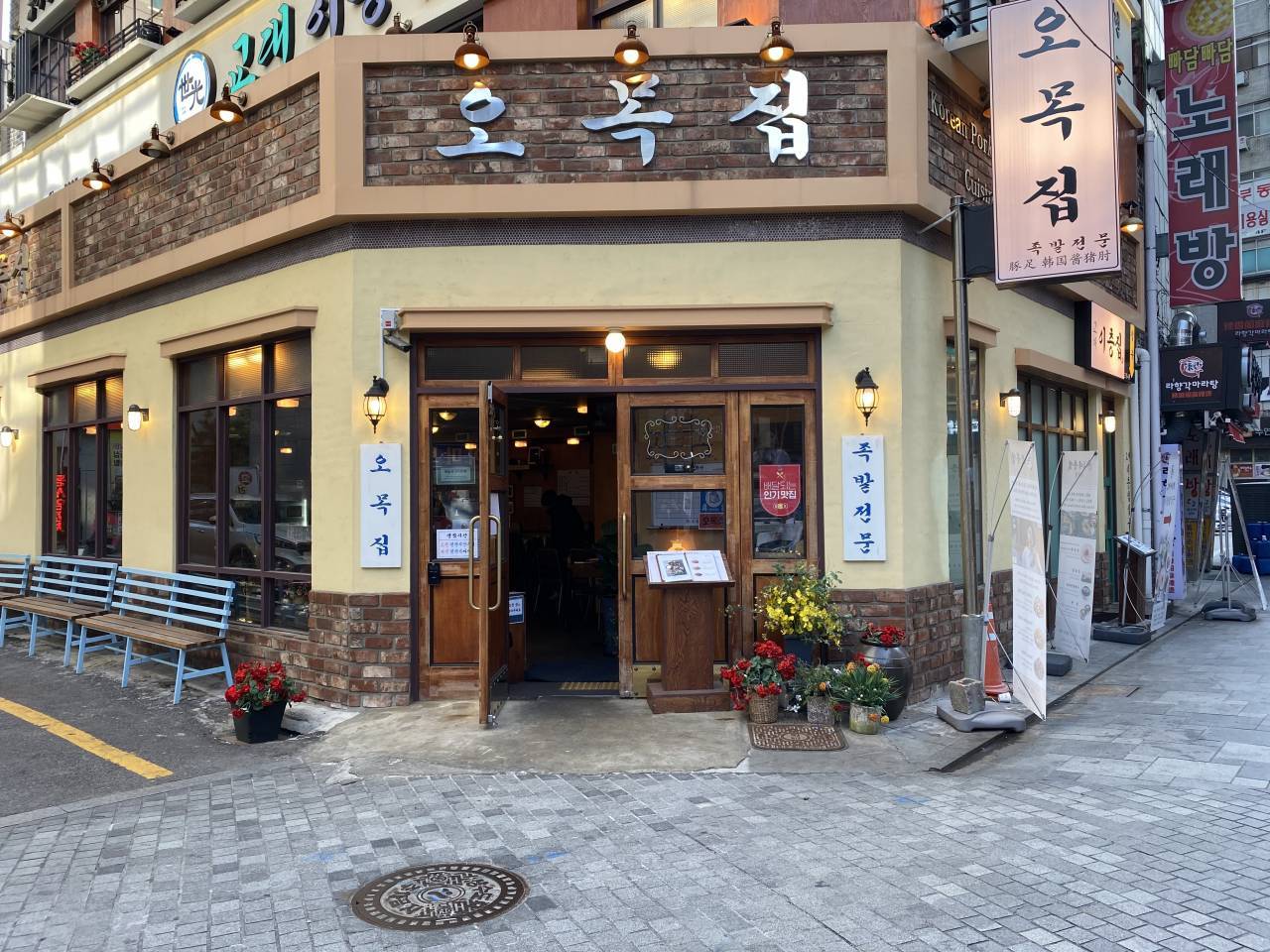
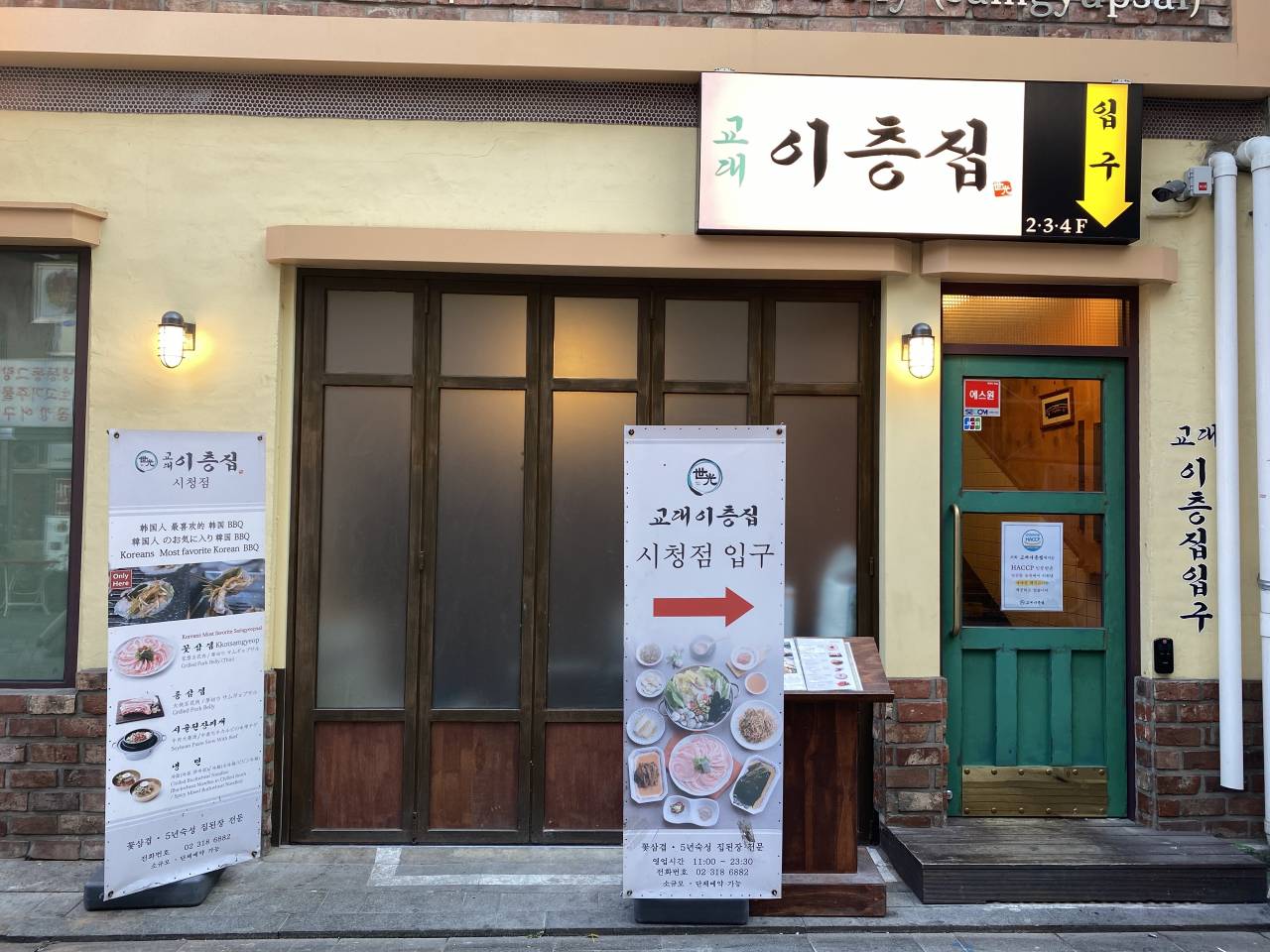
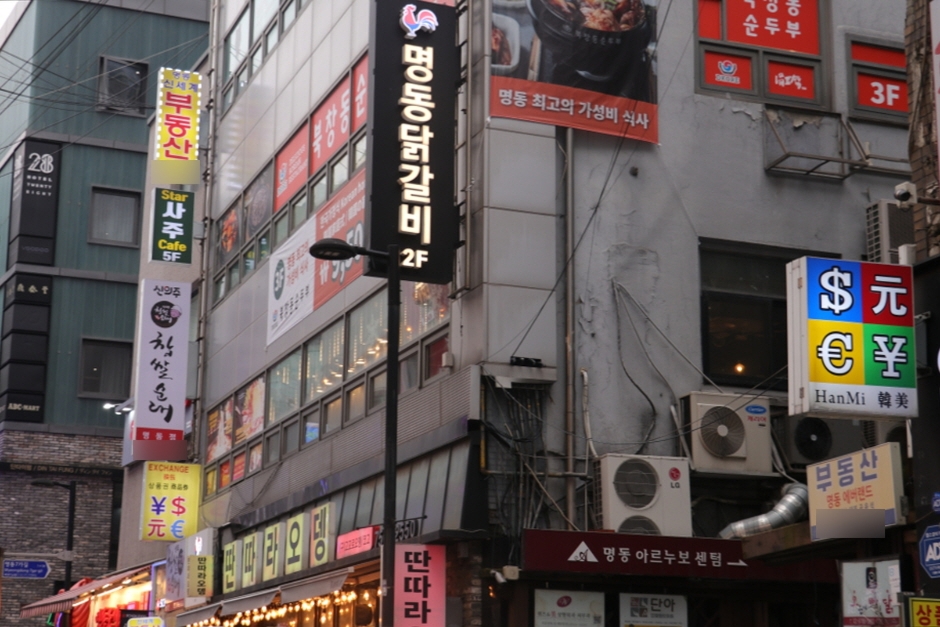
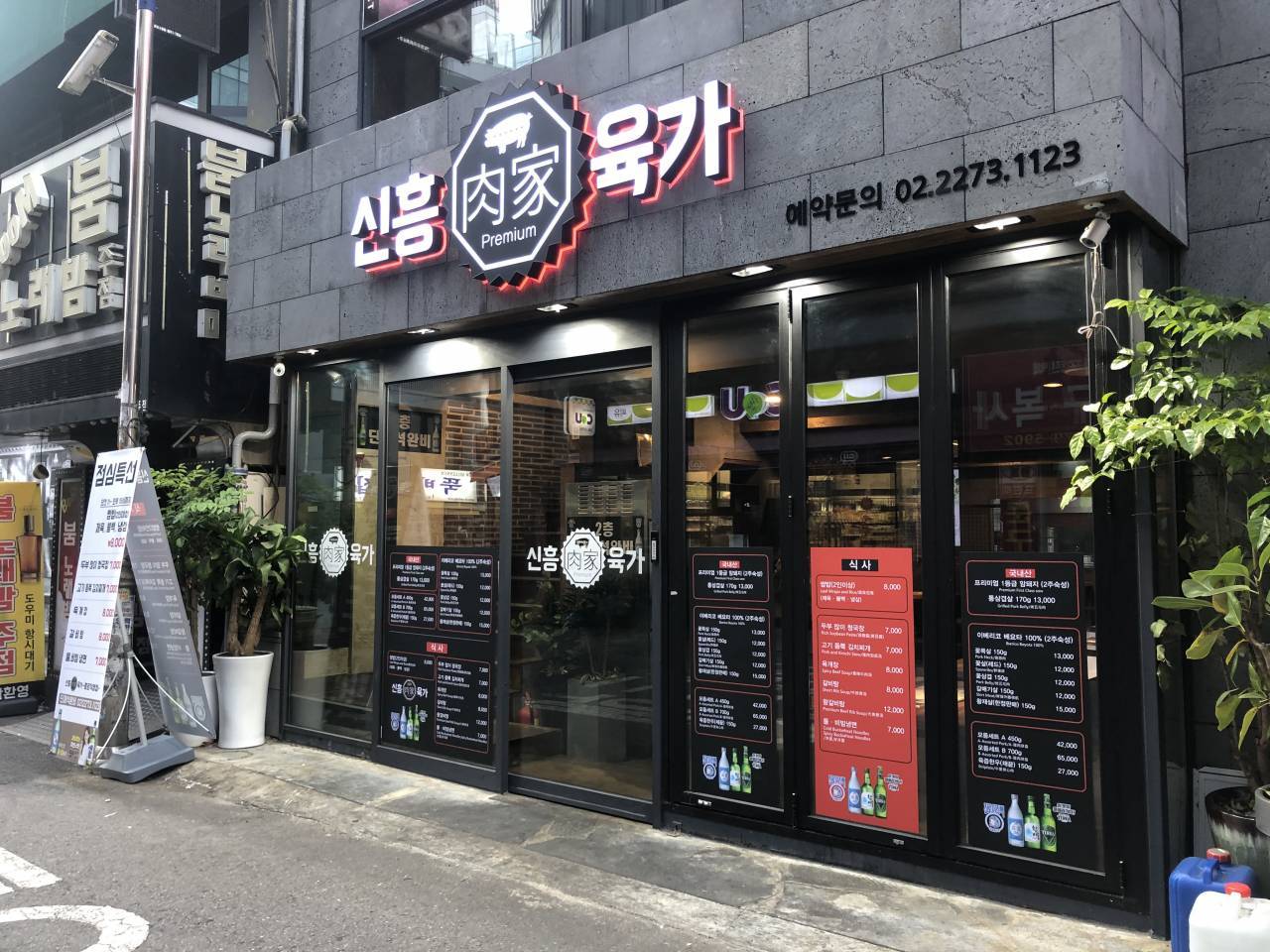
![Thimbloom - Gyeongbokgung Branch (No. 2) [Tax Refund Shop] (팀블룸2호점 경복궁)](http://tong.visitkorea.or.kr/cms/resource/14/2889714_image2_1.jpg)
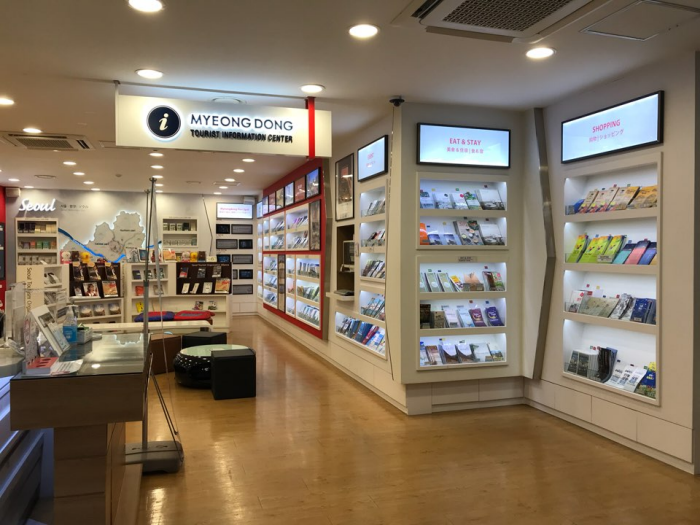
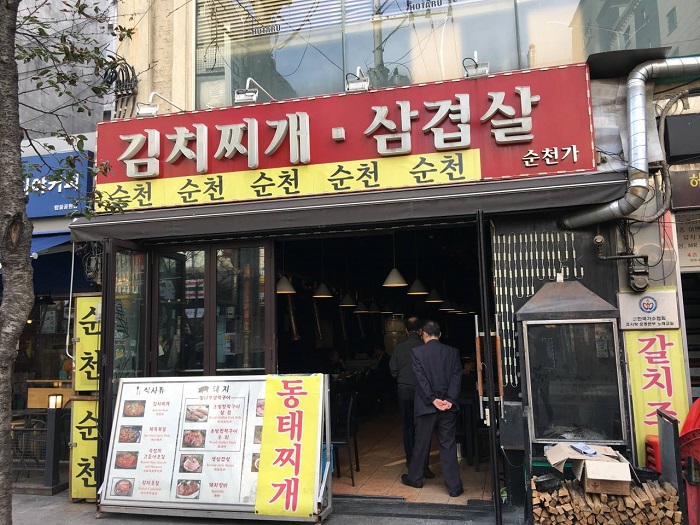
 English
English
 한국어
한국어 日本語
日本語 中文(简体)
中文(简体) Deutsch
Deutsch Français
Français Español
Español Русский
Русский